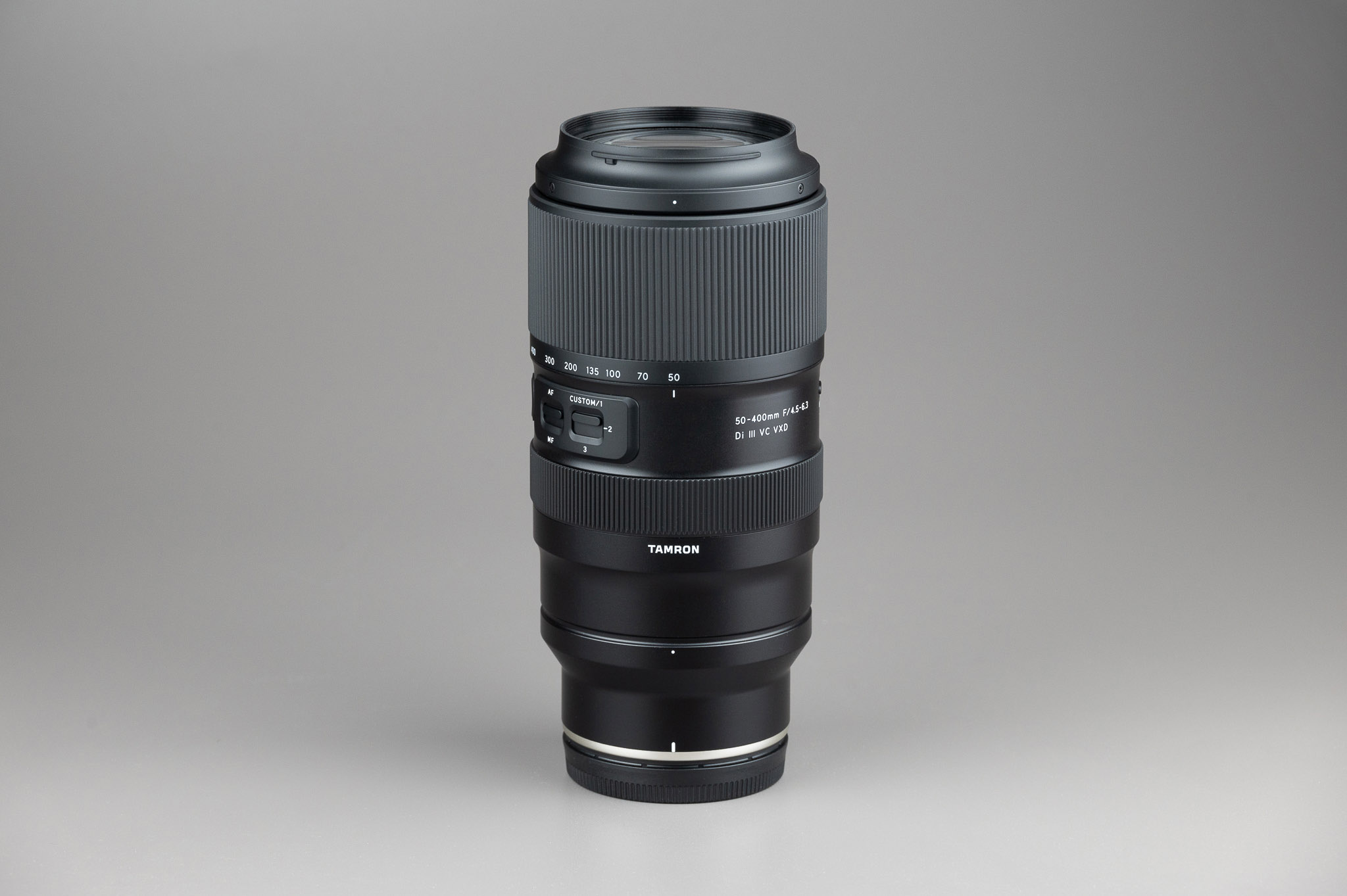![]()
Leica announced the SL3-S, a hybrid photo and video camera that features a 24-megapixel backside illuminated and phase detection-equipped sensor capable of 48 and 96-megapixel multi-shot, 30 frames per second bursts, 6K 3:2 open gate recording, and C2PA built-in, all secured in an IP54-rated all-metal body.
The SL3-S follows the SL3 in the same manner that the SL2-S followed the SL2: a resolution dip in exchange for a much faster, more video-capable camera. The SL3-S makes a major improvement over the SL2-S, however, in that it integrates 779 phase-detection points on top of its 315 contrast-detection points and object detection systems. It also improves the HDMI output to 2.1 and adds Timecode. Compared to the SL2-S, the SL3-2 is also much lighter, dropping to 768 grams (without a battery) from 850 grams. Leica says that the SL3-S body, in addition to being lighter compared to the SL2-S, should feel better to use thanks to an “optimized” design.
![]()
The SL3-S features a 5.76 million dot EyeRes electronic viewfinder that can refresh up to 120 frames per second. The 3.2-inch, 3.33 million dot rear LCD has also been upgraded with a tilting mechanism designed to make it easier to capture photos and videos from various angles. The rechargeable battery has been increased from 1,860mAh to 2,200mAh, too. It is also, of course, compatible with all of Leica’s L-mount lenses as well as those made by other members of the L-mount alliance like Panasonic and Sigma.
![]()
Beyond the hardware, it is probably best to explain the SL3-S in its two parts: photo and video. On the photo side, the camera is capable of shooting 24-megapixel photos in DNG RAW or JPEG. It features an ISO range of 50 to 200,000. It has a multi-shot high-resolution mode that allows it to compile multiple images into 48 and 96-megapixel final images and this can be done on a tripod or hand-held thanks to the in-body image stabilization system.
![]()
The aforementioned phase-detection system is part of Leica’s hybrid autofocus which greatly improves its ability to find and track subjects. The company says that thanks to the combination of contrast, phase, and object detection, subjects can remain continuously in focus. Additionally, the autofocus system is available in all of the SL3-S burst modes including the highest rate of 30 frames per second. Leica supports eye, face, and body detection for humans and the SL3-S will come with the company’s beta version of its animal detection, too.
At 30 frames per second, Leica rates it to be able to shoot 175 frames before reaching the buffer limit in JPEG, DNG, or JPEG+DNG. Of note, shooting at 2 and 5 frames per second will produce 14-bit RAWs but increasing to 7, 15, or 30 frames per second will see that dip to 12-bit.
![]()
Leica’s new camera features a mechanical shutter that can shoot as fast as 1/8,000 second as well as an electronic shutter that can fire as fast as 1/16,000 second. Flash sync is possible up to 1/200 second.
The SL3-S is also the first camera in the SL system to come equipped with built-in, hardware-based support for the Content Authenticity Initiative’s Content Credentials (and the underlying technical standard the Coalition for Content Provenance and Authenticity, or C2PA). With this, a photographer can sign photos taken by the SL3-S with “tamper-proof metadata” that can be checked and verified through available Content Credentials verification tools. While opinions on whether a hardware or software-based approach to content authenticity matters are mixed, Leica remains the only camera company that is taking a hardware-based approach.
Below are a few sample photos captured with the SL3-S, provided courtesy of Leica.
![]()
![]()
![]()
![]()
On the video side, the SL3-S is extremely capable. It supports 6K 3:2 open-gate 4:2:0 recording at up to 30 frames per second as well as 16:9 4K 4:2:2 at up to 60 frames per second “without any loss in quality.” Using the upgraded HDMI port, the SL3-S can also output 4.1K RAW at up to 60 frames per second or 5.9K 12-bit RAW video at up to 30 frames per second to an external recorder. It can also capture 5.8K at up to 30 frames per second or C4K at up to 60 frames per second internally in ProRes 422 HQ. It can also capture footage in L-log, Leica’s log profile.
![]()
A new, dedicated timecode interface has also been added to allow for pro-level sound synchronization. All of this capture capability is managed by Leica’s Maestro IV processor, another upgrade over the SL2-S which used the previous generation processor.
![]()
![]()
To handle the amount of data these formats require, Leica upgraded the memory card slot options to one SD UHS-II slot and, more importantly, one CFexpress Type B slot while also enabling direct to SSD capture via USB-C. By the end of 2025, Leica also plans to add Camera to Cloud with Frame.io support.
The Leica SL3-S is available to order starting today for $5,295.
Image credits: Leica







 English (US) ·
English (US) ·